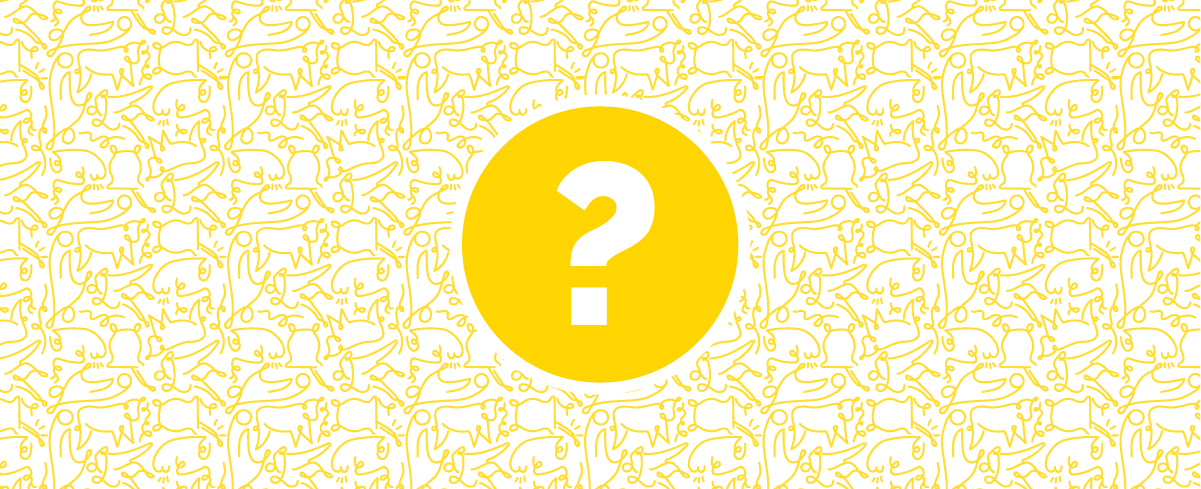The Teatro Colón!
Located in the centre of Buenos Aires and considered one of the best opera houses in the world, the venue was the work of three different architects, that gave it a mix of Italian and French styles typical of the 19th century verging on the eclectic.
According to leading conductors, the theatre’s horseshoe shape allows the perfect distribution of sound. The soft textiles, woods and carpets utilised in the three floors of boxes absorb sound, while the harder materials such as marble and bronze on the upper floors optimise the reflection of the sound. In other words, the Colón has perfect acoustics.
The Colón’s stage is 35 metres wide and longer than the main hall itself. The dome above the main hall is decorated with a painting by Raúl Soldi entitled Allegory for Music, Song and Dance, which was painted on 16 pieces of textile over 41 days. In the middle of the dome is a chandelier with 735 bulbs - just imagine how much it must weigh!
Many of the most celebrated artists of opera, ballet and classical music have graced the Colón’s stage over its long history. Among the most famous was the Italian tenor Luciano Pavarotti, who first performed in Argentina in 1987 in La Bohème. Famously, he was so fond of the shirts designed for his character by the theatre’s costumes workshop that he asked to buy them from the theatre, and was finally given them as a gift.)
